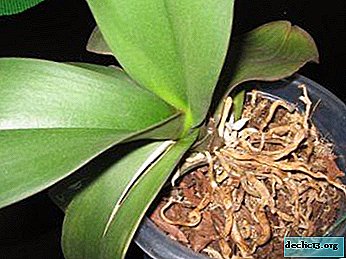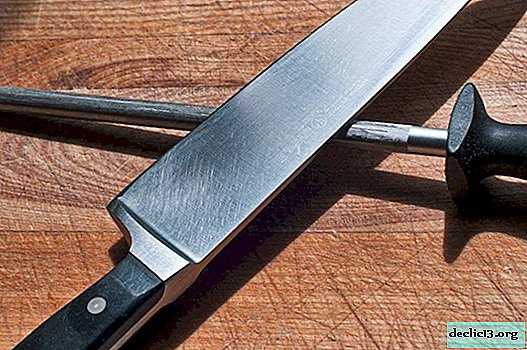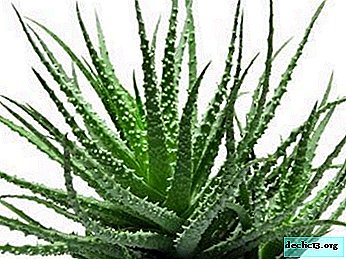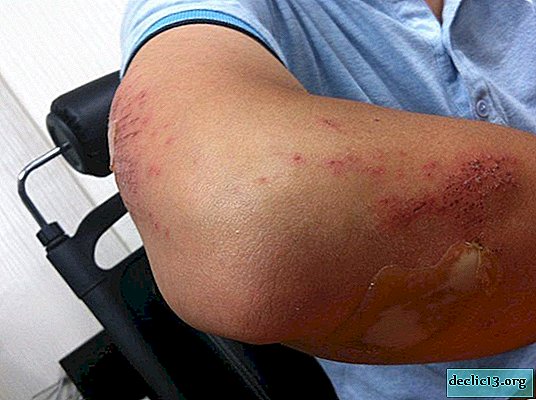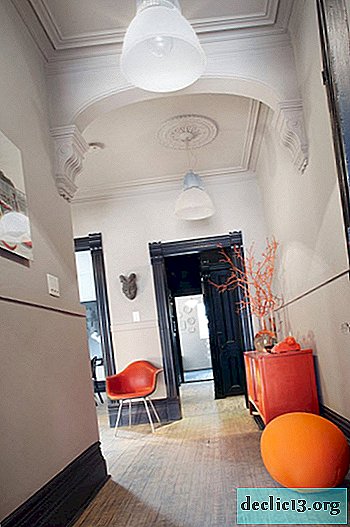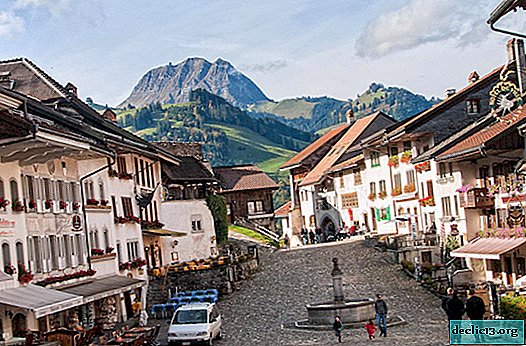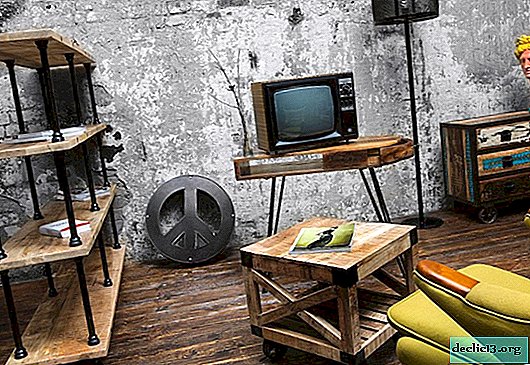Colombo city in Sri Lanka - a mixture of cultures of the West and the East
From school geography, many remember the island of Ceylon, which on the map looked like a drop dripping from the cheek of India. It looks like this now, but it’s called differently. To emphasize their independence from Britain, proclaimed in 1972, the Sri Lankans first renamed their country. Colombo, Sri Lanka is the largest city of this island nation in South Asia, the official name of which is the Democratic Socialist Republic of Sri Lanka.
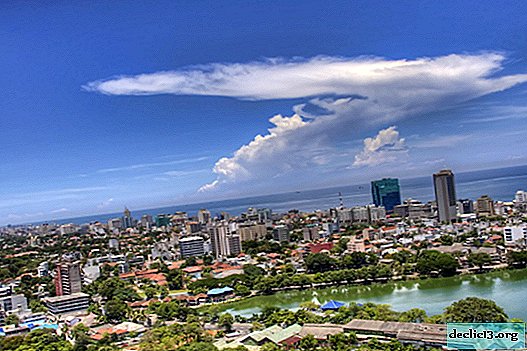
General information: location, demographic composition, economy
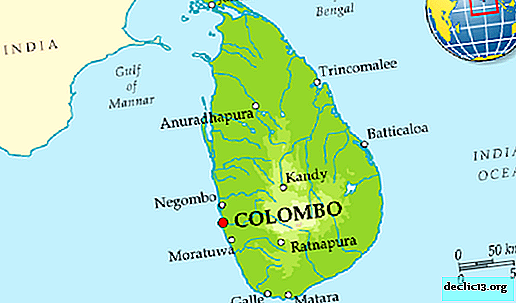
The city of Colombo is located on the west coast of the island, closer to its southern part. At the same time, it is the capital of the Western province, as well as the capital of the homonymous district of Colombo, which is part of it.
In the city itself on an area of 37.3 square meters. km (2016), about 800 thousand people live, 2.5 million in the district, and almost 6 million people in the province. This is the largest and most populated area of Sri Lanka. In the agglomeration of Big Colombo, there is also the current official capital of the country (since 1982) Sri Jayewardendenu Kotte. Although the parliament and the supreme court moved there, but, as before, the government of Sri Lanka and the residence of the president remained in Colombo.
Several versions of the origin of the name of the city are associated with the Sinhalese words "harbor", "green leaves" and "mango": once there were endless thickets of mangoes on the site of the city. And the third version - the name of the city was transformed and altered in the 16th century by the Portuguese, already from the existing one - in honor of Christopher Columbus.

And the harbor in Colombo was and is in fact - deep and large, on three sides reliably protected by moles.
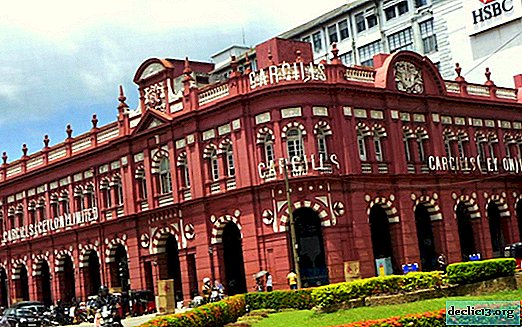
Near the largest port in all of South Asia, the Colombo Fort business center is located. In this area are concentrated all the large shopping centers, prestigious luxury hotels in the colonial style, banks and administrative buildings.
The districts of the city are significantly different from each other, as happened historically. Some quarters of Colombo used to be inhabited only by Europeans, while others were occupied by the indigenous population of Sinhalese and Tamils and mixed groups: Moors, burghers and Malays.
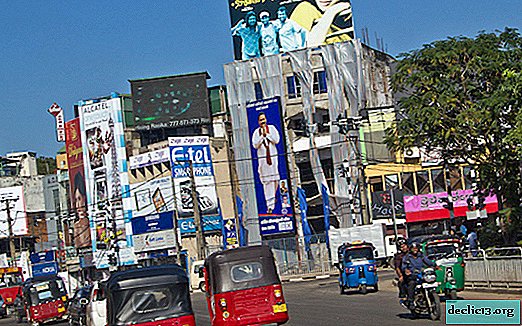
The vast majority of the population of Sri Lanka professes Buddhism, there are also Hindus, Christians and Muslims. Throughout the city there are many beautiful temples of various concessions and architectural orientation.
Colombo is the cultural capital of Sri Lanka and the largest industrial city. In the city and surrounding areas are oil refineries, large chemicals, and the production of building materials. The woodworking, leather and shoe industries are also developed. At a special place of honor is the processing of precious stones and jewelry production.
For many centuries, strangers ruled the country: first the Portuguese, then the Dutch, then the British. Regarding those times, the Sri Lankans have a saying: "we gave black pepper and got red." This is because the life of the local population under the Portuguese and Dutch was equally bitter.
But the British, who were local colonizers for about a century and a half, the locals are more friendly. The British began to grow tea and coffee here, rubber trees, paved good roads. The whole world learned about the island from the British.
But that’s not all: many buildings in Colombo, which, along with samples of Buddhist and Hindu culture, have become sights of the city, they built, the British.
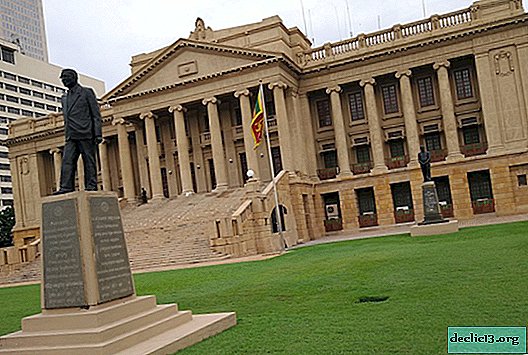 Presidential palace
Presidential palaceInteresting fact. The place from which the distance on the roads is counted in the city, the so-called “zero kilometer” in Sri Lanka, starts from the monument to Governor General Edward Barnes at the Presidential Palace. It was under his leadership in 1830 that the country's first road was built - to Kandy.
Sights and what to see in Colombo
City attractions are scattered throughout the territory of a big city, but if you set a goal, in 2-3 days you can really visit most of them. What to see in Colombo first?
Clock Tower (Clocktower)
One of the few attractions preserved in the city from colonial times in the Colombo Fort area. The clock on the tower in 2014 turned 100 years old. In fact, this Tower is the Old Lighthouse (Old Lighthouse, 1856), which for a long time served as a guide for naval vessels. They passed him or entered the harbor until 1952, when the lighthouse ceased to fulfill its purpose in connection with the development of the area.
Today, its functions are performed by the Galle Buck Lighthouse, a new lighthouse towering 300 meters to the west.
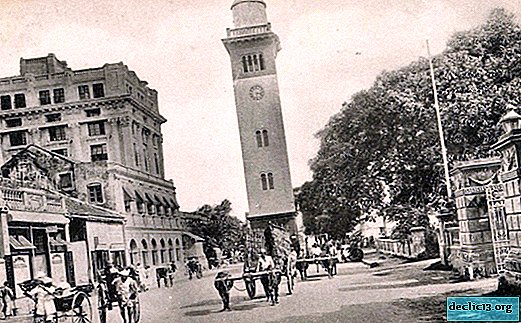
The old lighthouse is notable for the fact that it used to have a clock, the mechanism of which was developed by the manufacturer, like the clock of the Big Ben tower in London. And although Old Lighthouse does not directly perform its function now, but only on it, the only lighthouse in the world, a clock is installed.
Attraction address: Colombo 1, intersection of Chatham and Janadhipathi Mawatha
Security. In this area of Colombo there are many strictly guarded government agencies that cannot be rented, and the movement of tourists here is limited. Therefore, it will be lucky if you can get closer to the Tower and capture the lighthouse in the photo.
Armed security and throughout the center: it is an echo of civil war. But all the scary stories here seem fiction, the atmosphere in Colombo is calm, and the Sri Lankans are welcoming and friendly. True, sometimes they are annoying, but much less than the Indians. And you might think, the soldiers are standing in the city only to have something to do: smile at everyone, help travelers and show the way. All you need to do is not to violate public rules.
Jami-ul-Alfar mosque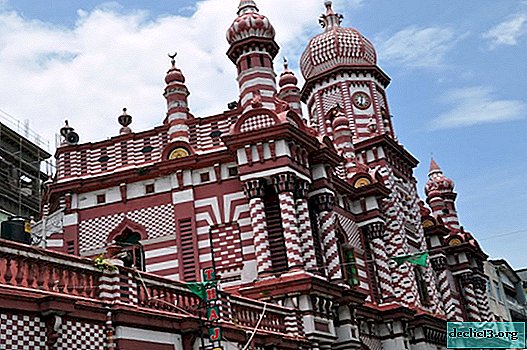
There are other mosques on the island, older, but the main mosque of Sri Lanka (1909, architect G.L. Saibo Lebbe) is the most remarkable architectural structure of Colombo, all tourists seek to get here.
An elegant red-and-white structure is associated with the same colors as a chessboard, in its architecture a combination of South Indian and Hindu style can be traced. Ornament: alternating cells, stripes, steps of two colors.
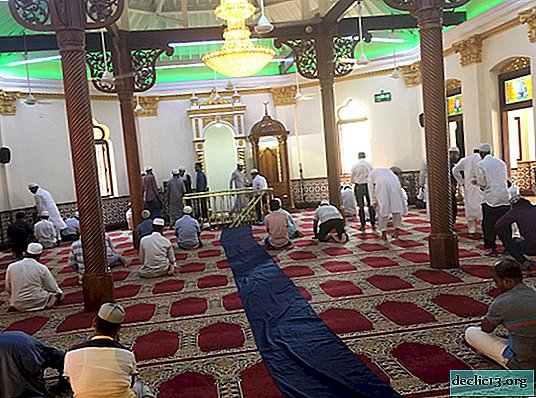
The temple is operational, every day after the obligatory prayers of the parishioners the mosque is available for tourists, admission is free. You can take pictures of the attraction both inside and out.
Buddhist temple "Gangaramaya" (Gangaramaya)Useful advice: following Islamic customs, tourists should also enter here with their heads and knees covered and leave shoes at the entrance.
The largest Buddhist architectural and cultural attraction of Colombo Sri Lanka is located in the city center, on the shores of Lake Beira. Gangaramaya - an important cultural center of the Sri Lankans and a center for the training of Buddhist monks from the day the temple was founded (1841)
Architecturally, these are several separately standing one-story buildings in the form of "huts" with heavy triangular roofs. Mats are spread in them, everywhere it is clean and quiet.

Gangaramaya has a huge library of religious literature, the entrance to which, like the rest of the temple, is free.
It often hosts a variety of educational events, you can listen to lectures on historical and philosophical topics, as well as familiarize yourself with the works of famous oriental scholars.
There are separate rooms with gifts from travelers and offerings of visitors, with collections of statues and statuettes of Buddhas.
In the famous "Garden of the Buddhas" you will see about a hundred of his statues, the inner altars and frescoes are dedicated to the biographies of the Buddha.
Here, a colorful costume procession (festival) is held annually with the participation of elephants called Gangarama Perahera. The elephant who lives at the temple also takes part in it.
Ministers and monks are friendly, smiling and delicate, treating with sweets. If your skirt is short, they will give a piece of fabric to wrap it around the waistband before entering the temple.
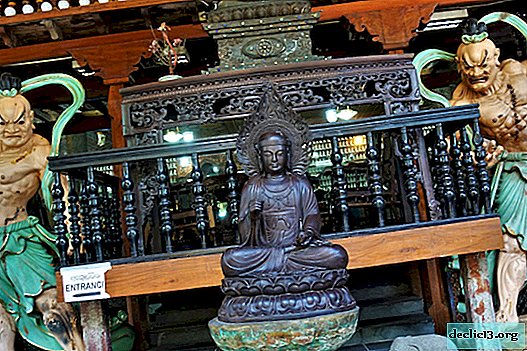
The rich collections of works of art and the exterior decoration of Gangaramai are unparalleled even among the oldest or most ancient Buddhist temples of Sri Lanka.
- Address: Colombo 2, Slave Island, 62 Sri Jinaratna Road
- The attraction works every day from 6 am to 6 pm
- Entrance to the territory (except the museum - 300 rupees) is free, but it is customary to leave donations.
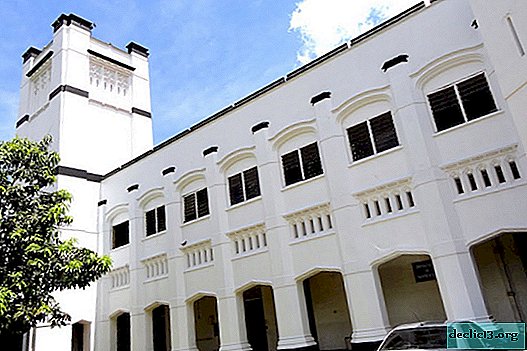
Although Sri Lanka has few well-known educational institutions, a university in the city of Colombo is valued as an institution that provides quality education. Its graduates are quoted as highly qualified specialists in different countries. Foreign students study here.
In the year of its foundation, he was a branch of the University of London, he released his first specialists in 1923. The main areas of preparation: legal, economic and marketing.
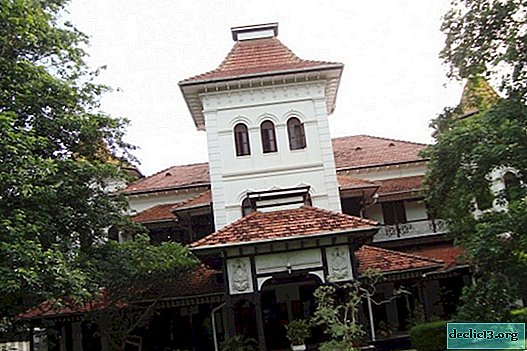 College house
College houseUniversity buildings occupy an area of 200 thousand square meters. m in the center of Colombo, in the area of the famous Cinnamon Gardens. There are 7 faculties, four dozen different departments and 8 branches throughout the country. The administrative center of the state university is located in College House, where the office of the vice chancellor is also located.
For travelers, the university complex is interesting for its landscaped area: neatly trimmed lawns, openwork carved arbors, a special architectural style of university buildings. Against this background, wonderful photos will turn out similar to pictures from prospectuses on suburban construction.
The university has a library and its own observatory.
Entrance to the territory is free.
You will be interested: What to try in Sri Lanka - dishes of national cuisine.
Viharamahadevi Park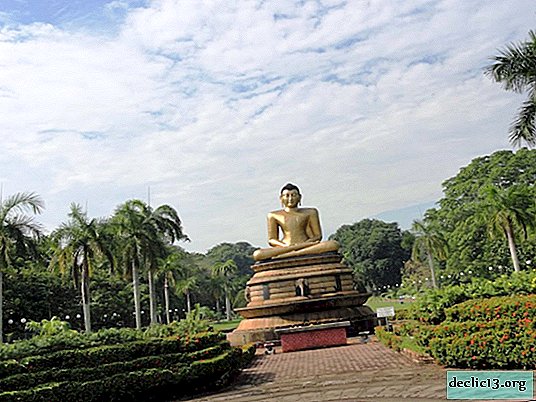
A piece of old England in the middle of a noisy and colorful Asian city. It was broken in the 19th century (1865) in the same prestigious area of the Cinnamon Gardens. From its founding until 1958 it bore the name of the British Queen Victoria, and now it is the name of the Sinhala Queen. At the entrance - a huge Buddha statue, which does not forget that after all this splendor is in Asia.
It is clean and calm, shady alleys, gazebos with ornaments and round pavilions, they will quietly spend time with your family. You can ride a boat on the lake or walk around it. The public is dignified, there is a summer stage for music concerts and a library, a children's railway.
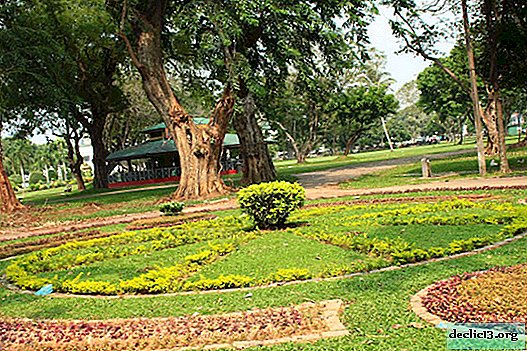
Part of the park is an arboretum with tropical shrubs and trees. You will see here mahogany, valued in the furniture industry, teak and ebony, so loved by sculptors. There is also a large aquarium in the park.
Security. Be careful when visiting parks and nature reserves. Although special vaccinations when flying to Sri Lanka are not needed, an anti-malarial pill can be taken. Wash your hands more often and do not drink tap water - only factory bottled.
Viharamahadevi is a favorite vacation spot of local wealthy segments of the population, as well as foreigners.
Entrance to the park is free.
National Museum of Sri Lanka
The attraction is located in a beautiful white mansion of the 19th century. The latter was founded during the reign of the English governor W.G. Gregory in 1877. It began with 800 exhibits, over time, the collection was replenished and expanded, and since 1942 the museum was ranked national.
Now in the halls and storage rooms are stored more than 100 thousand different exhibits: antiques, jewelry, paintings, a collection of samples of ancient porcelain, sculptures, religious Buddhist memos, coins; throne, crown and personal belongings of the last king.
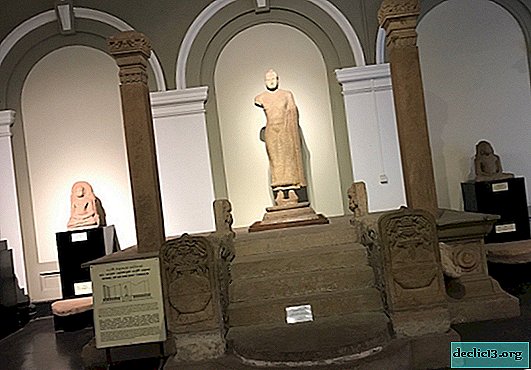
As part of the National Museum and the Museum of Natural History, there are a myriad of rare natural wonders of local flora and fauna. And without a photo against the background of the skeleton of a huge, almost gigantic whale, not a single tourist or local resident leaves the museum. Children in this museum will also be interested, there is a puppet room and a special children's department.
The museum, like the Colombo sights described above, is located in the Cinnamon Gardens area.
- Paid entrance, for foreigners: 1200 rupees, children's and preferential tickets 600 rupees.
- Opening hours: from 9:00 to 17:00, four days a week (Monday-Thursday).
You can shoot with cameras and video cameras at the National Museum of Colombo in Sri Lanka without restrictions.
Galle Face Embankment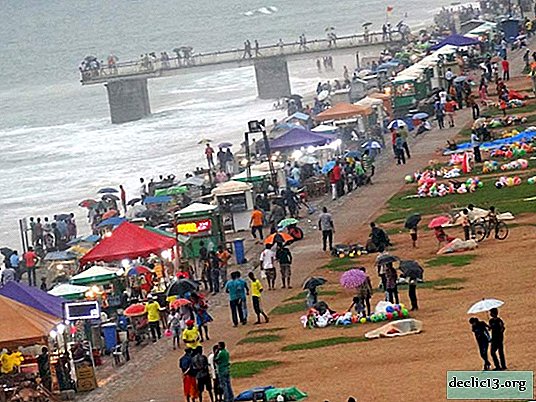
The spacious embankment, which stretches for 1.3 km, is the venue for mass city events, here the townspeople celebrate the New Year. In the afternoon, you can just walk along the ocean, see how the local people go in for sports, children fly kites.
By evening, the promenade comes to life, merchants of toys and souvenirs and fast food vans appear. Local youth makes appointments here, the evening promenade is a favorite place for her rest.
Interesting fact. In addition to Sunday, weekends in Sri Lanka are also ... full moon days. The Sri Lankans have very convincing explanations in this regard: at such times, they sleep poorly at night, blood pressure jumps, wounds heal poorly and everyone around is more excited than usual. Therefore, it is better not to go to work these days. Well, why not?
Note: Halle is called not only the promenade in Colombo, but a city with Portuguese heritage in Sri Lanka.
Photos of other attractions of Colombo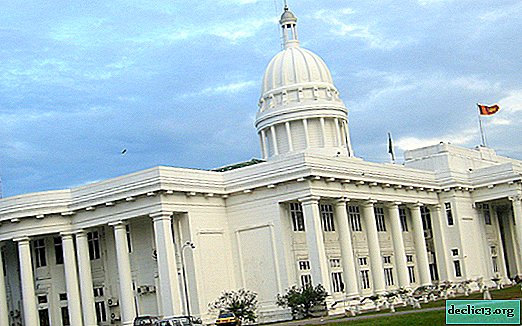 Colombo City Council
Colombo City Council 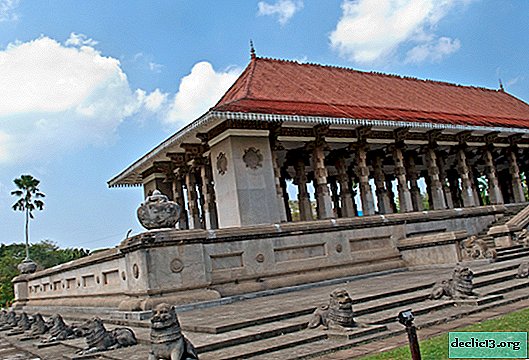 Independence Memorial
Independence Memorial 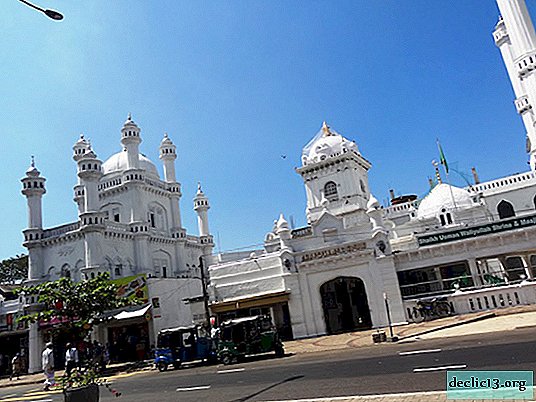 Dewatagaha-Jumma Mosque
Dewatagaha-Jumma Mosque 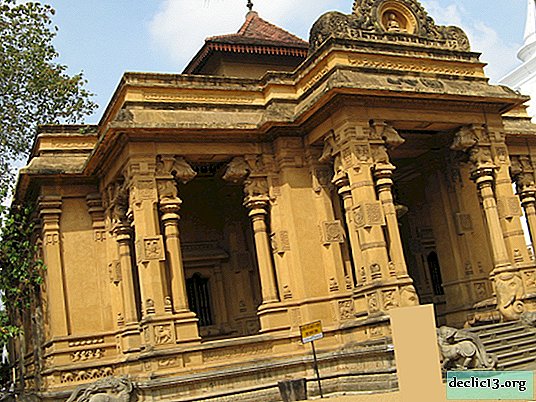 Buddhist temple of Kelania
Buddhist temple of Kelania  Hindu temple
Hindu temple 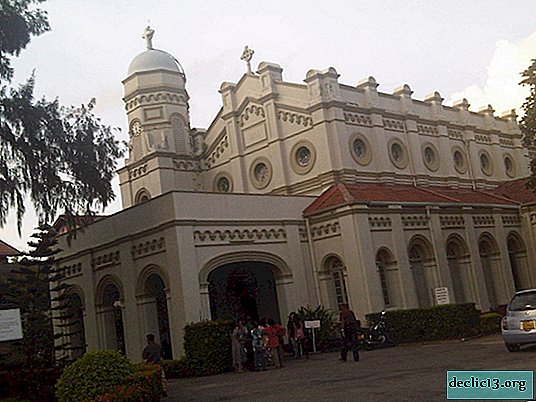 Temple of St. Peter
Temple of St. Peter 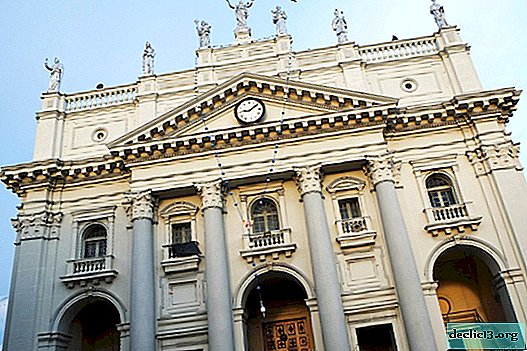 St. Lucia Cathedral
St. Lucia Cathedral 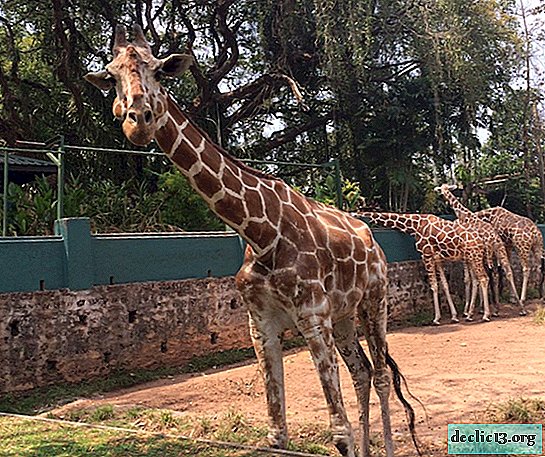 Dehival National Zoo
Dehival National Zoo How to get to the city from the airport
Colombo International Airport (S. Bandaranaike), where almost all our tourists arrive, is only 35 km north of the city. But the usual fast express trains, as from most other large airports, do not go from here. There are other ways to get to the city.
Compare accommodation prices using this form
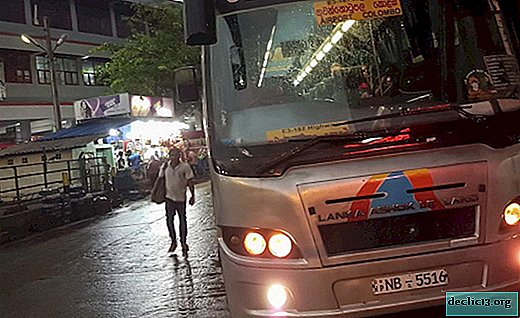
You can take the state bus number 187 at the airport itself (stop 50 meters to the left of the exit) or at the Averiwatta bus station (2 km from the airport). Buses run from 5:30 to 20:00 in the evening (state and round-the-clock commercial).
A ticket costs 130 rupees. With a free road, the travel time is 30-40 minutes, but this is rare, sometimes the road can take 2 hours. So No. 187 only with a big stretch can be called an express.
In the city you can get off at any stop along the route, or get to the final stop Colombo Fort (central railway station Colombo). Before reaching one stop, there are three bus stations in the Pettah market area, from where intercity buses leave for any part of the country along the coast or in central areas.
Taxi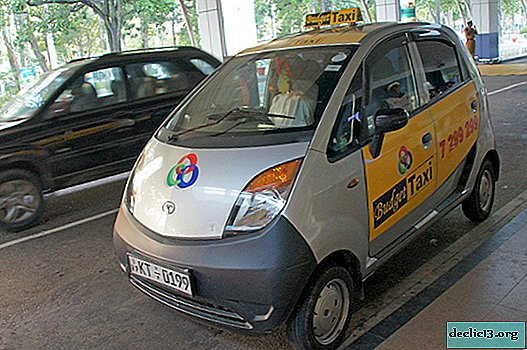
At night and during the day, a yellow car with checkers can be taken at the airport for 2500-3000 rupees at the counter or to order a transfer in advance:
- passenger car (4 people) cost from $ 35 "economy" option, from $ 65 - "comfort";
- minivan - from 6 to 19 people, price on request.
Travel time is 1 hour.
Knock KnockThe drivers of this exotic Asian transport can request the same amount as a taxi, although traveling to Colombo with these nimble cars is half as much and much longer. Therefore, be on the alert, and bargain before agreeing.Find out RATES or book any accommodation using this form
Urban transport

The best way to move around the city using the most affordable and colorful transport is the same little tuk-tuk cars. For a relatively small fee, they, along with taxis, transport locals and tourists. Some taxi drivers and auto rickshaws accept a fee depending on the distance (Taxi-meter): knock-knock 30-40 rupees per 1 km, taxi 60-80 rupees / km, others - as agreed before boarding.
Useful tips. Often there are cases of fraud by taxi drivers and auto rickshaws: despite the agreement, you may be required to pay a large fee when leaving the transport. And they can even blame you for not understanding the agreement.Therefore, it is better to sit down with those drivers who work on the Taxi-meter system (signs are attached to the transport) and at the very beginning clearly discuss the route and cost of the trip.
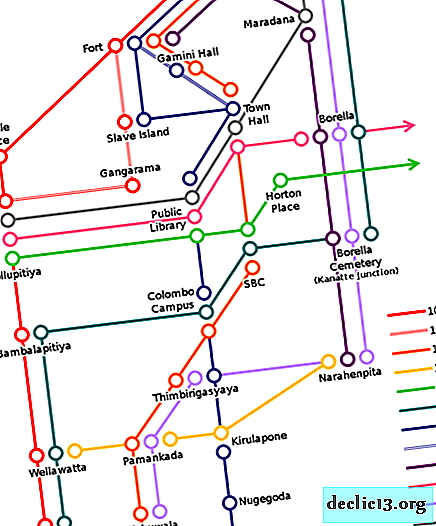
No less colorful is in Colombo and rail. Tourists ride trains for fun, but locals daily get in crowded wagons to work from the suburbs. A commuter train ride is much cheaper than a bus ride.
In Colombo, there is a fairly extensive bus network, you can almost get to any part of the city. But with rare exceptions, almost the entire fleet of buses, both public and private, is old, often without air conditioning, cars drive slowly and are always full to capacity. The routes are confusing and it is difficult for tourists to travel in them, although a trip around the city by bus is cheaper than by taxi and tuk-tuk: the most expensive ticket costs 25 rupees.
Useful advice: if you decide to use this type of transport, then buy a map-scheme of bus routes.
Prices in the article are for March 2018.
Weather in Colombo
Monsoon winds, which blow from the north-east from December to February, and from the south-west from May to September, have a great influence on the subequatorial climate of Colombo. Due to the geographical location of the island, less comfortable weather is associated with the southwest monsoon. In the off-season, precipitation is caused by the breeze and cyclones.
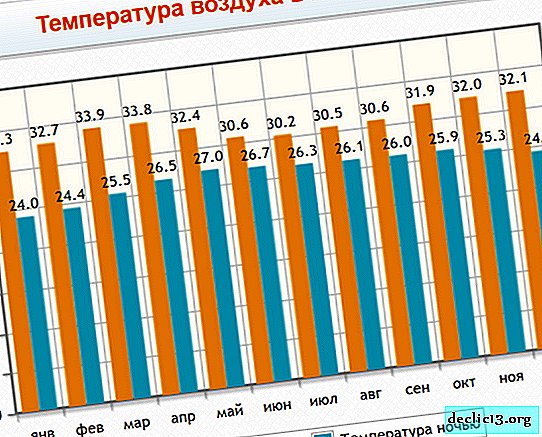
- The warmest months in Colombo (+ 33-34 ⁰ С) are February, March and April.
- The sunniest: January, February and March. The sun at this time in the sky every 20-22 days.
- The water in the sea is the warmest from March to April; the average values for many years of observation are from 29.3 to 30.1 degrees.
But the “coldest" months, so to speak about the temperature plus 30.1-30.6 degrees, are our summer months: June, July and August.
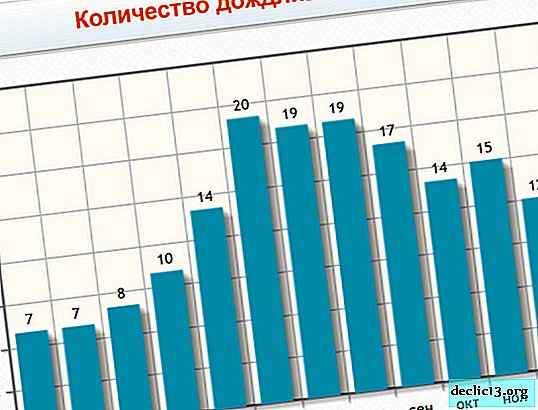
In summer, the rainiest and windiest weather is here. Rains happen 18-19 days every month, and the wind speed is 5.2 m / s. But most of the rainfall in terms of quantity falls in May and October - from 300 to 400 mm.
Security. There are beaches in Colombo, but you can spend time swimming in any of them only when your stay in Sri Lanka is very limited, but there are a couple of free hours that you can spend on the ocean. For example, you are here on a business trip or in transit, or a stewardess, or a pilot.

Still, Colombo is a port city and the quality of water on the very coast desires the best. Instead of the beach, take a refreshing dip in the hotel’s pool where you stayed for the night. So it’s best for tourists not to go to the local beaches. For a beach holiday, it is better to choose one of the places located in the south of Colombo, for example, Bentota - one of the most prestigious resorts in the country.
The city impresses with a combination of antiquity and modernity, past and present. Colombo, Sri Lanka - a typical example of a mixture of Western and Eastern cultures. Take a break in your vacation at the wonderful Sri Lankan beach resorts and at least briefly get acquainted with its sights, feel the spirit and rhythm of this unusual and rich in its history place.
What atmosphere prevails in the city of Colombo, this video better conveys. If you are going to Sri Lanka, you should be prepared for this.

